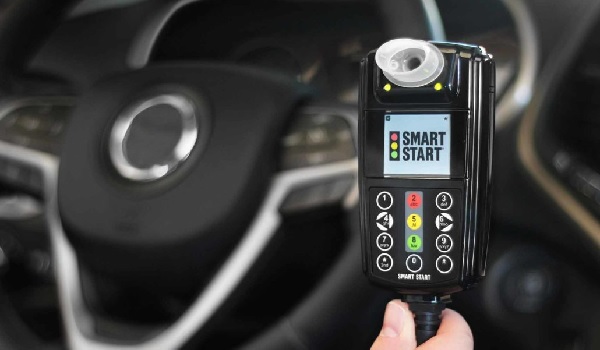Hi-tech document analysis
A new software tool has been developed to assist questioned document
examiners in the analysis and comparison of handwriting samples.

A new software tool has been developed to assist questioned document examiners in the analysis and comparison of handwriting samples.
Researchers in the US have developed a software system for analysing complex documents particularly handwritten ones that should greatly reduce evidence examination time for the forensic document examiner.
However, although it can save time, the researchers say it does not replace the human examiner.
For example, the computer can determine which of several large questioned documents are the most similar to a known document, and an examiner can then analyse the most similar ones.
Its a tool; its not the only thing they would use to solve a case, explained Sargur Srihari, a professor of computer science and engineering, who led the research behind the new technology.
In his research for the US National Law Enforcement and Corrections Technology Centre System, Mr Srihari said: Its a tool for speed, because the computer can make a large number of matches that for humans would be quite laborious. Computer matching can be done fairly quickly and provide some preliminary indication of how similar the handwriting samples are.
The software also helps examiners to compare the most similar samples and has a scoring feature to compute how strongly the handwriting samples are matched.
The CedarFox system was developed by the Centre of Excellence for Document Analysis and Recognition (CEDAR) at the State University of New York at Buffalo, with the research funded by the Office of Justice Programs National Institute of Justice (NIJ).
While we are still conducting research on difficult problems, such as quantifying the degree of uncertainty and capturing subtle variations discernible only to the expert examiner, rather than wait for perfection, we felt that technology developed so far could be useful to questioned document examiners [the forensic science discipline pertaining to documents that are (or may be) in dispute in a court of law], said Mr Srihari.
An installation version of the software has now been developed that can be placed on a CD or downloaded from a website.
CedarFox includes the following capabilities:
¦Handwriting recognition, including automatic character recognition.
¦Writer and signature verification. A questioned document can be compared against one or multiple known documents. Comparison is based on features such as character slant, connectivity and shape.
¦Image processing, including underline and background removal.
¦Handwriting segmentation, which can separate words of text in a handwritten document.
¦Transcript mapping, which can associate handwritten word style.
¦Searching, including keyword searches.
Several law enforcement agencies have already experimented with the software and carried extensive testing, including the FBI and the Canada Border Services Agency in Ottawa. The Netherlands Forensic Institute has also obtained a copy and the West Virginia University Forensic and Investigative Science Program has allowed students to use the software as a learning tool, according to Mr Srihari.
The research is continuing in an effort to improve computer algorithms and develop new methods of comparison for handwriting characteristics and reporting results on an opinion scale.
In a paper jointly written with US attorney Kenneth Manning Computer-Assisted Handwriting Analysis: Interaction with Legal Issues in U.S. Courts Mr Srihari identified a future potential role for computer-assisted handwriting analysis in the courts.
He compares scientific and judicial methods and examined concerns over reliability of handwriting analysis expressed in judicial decisions; the US National Research Council assessed that the scientific basis for handwriting comparisons needs to be strengthened.
Mr Srihari said: Advances in the development of computer-assisted handwriting analysis have led to the conside




